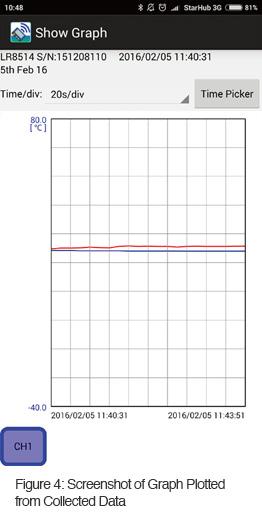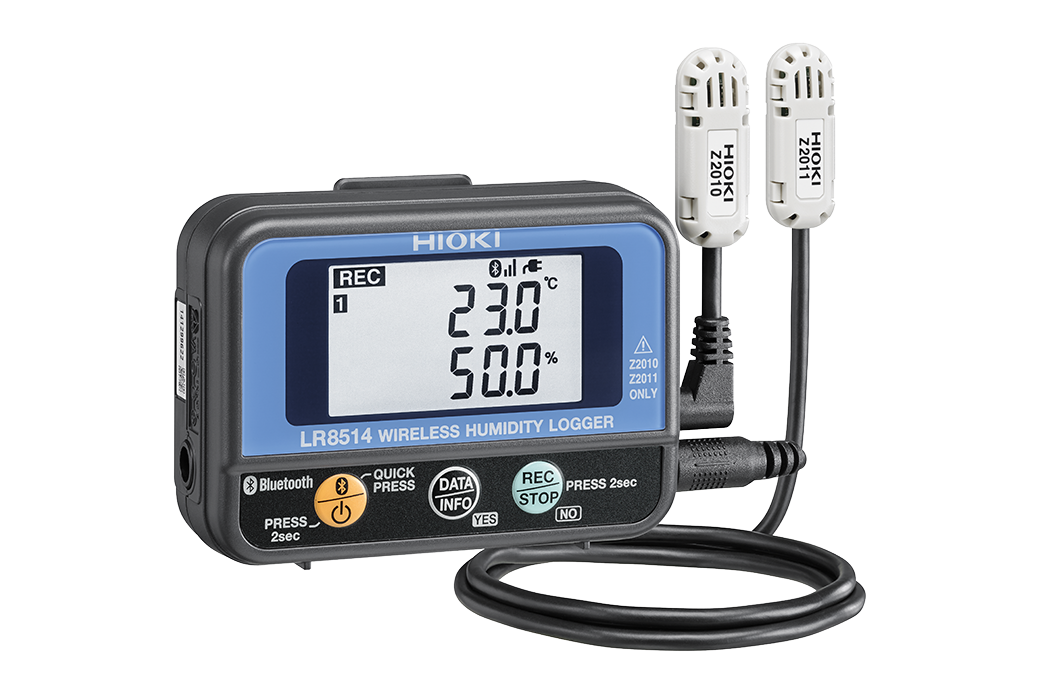Ambient room monitoring at data centers
In today’s era, the world is reliant on the functionality and availability of data centers, be it for business or personal entertainment. Data centers enable enterprises to run their businesses online and have information storage. Data centers also connect people regardless of distance through emails, Skype and social networks such as Facebook and
Instagram. With the increasing usage of Cloud services such as Dropbox and Google Drive, there is a demand for data centers to be more efficiently. It is not deniable that
data centers play a critical role in today’s information technology (IT) infrastructure.
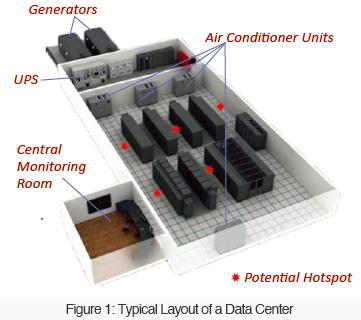
With the numerous amount of stored information, data centers have a great responsibility to not only deliver information reliably but also safeguard them. Data centers are
continuously facing security threats. The threats are not limited to hackers but also sabotage to the infrastructure such as power supply and telecommunications. Enhanced
security measures such as competent IT security and controlled access are implemented. Redundant power supplies and data communications connections are installed
to combat against sabotage threats.
Data centers also face a constant pressure to avoid downtimes.
A downtime would affect daily business operations and sometimes result in the loss of revenue. To prevent this, data centers ensure that staff are well-trained and carry out maintenance periodically. A stable environmental condition for computer systems is also important. This is because the reliability of the computer system is dependent on a stability of the environment.
Stringent controls over temperature, humidity and airflow are necessary to achieve optimal system performance and reliability. The environmental factors of the data center
are constantly monitored, and one of the activities is ambient room monitoring.
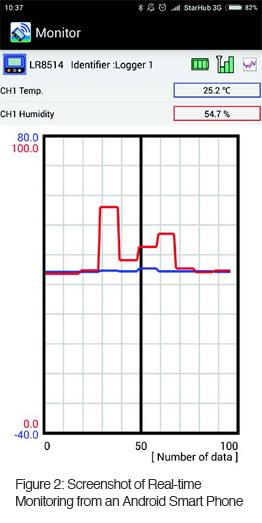
Ambient room monitoring gives an overall assessment by measuring the ambient temperature and humidity throughout the facility. The typical ambient temperature
ranges between 21 to 23°C which is optimal for system reliability and operator comfort.
However, a near 22°C is desirable to maintain a safe associated relative humidity level. Relative humidity is the amount of moisture in the air in relation to the maximum amount of moisture in the air at a given temperature. The typical ambient humidity levels, between 45% and 50%, was found to be most suitable for safe server operations. Data center equipment is especially sensitive to high humidity levels as water condensation can occur and result in hardware corrosion. On the other hand, at low humidity levels, electrostatic
discharge (ESD) is easily generated. ESD creates intermittent interference which can cause system damage or temporary malfunctions. It is also important for preventing cooling short cycles.
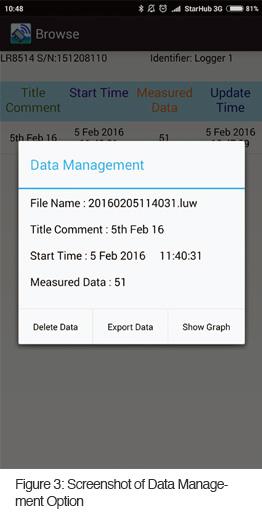
This short cycles happen when cold air returns to the air conditioner (A/C) without circulating through the equipment. This results in the A/C registering that the temperature is cooler than actual and subsequently cycling out of cooling mode, but in actuality, the facility still requires cooler air.
Temperature and humidity sensors such as Hioki’s wireless temperature/humidity logger, Model LR8514, are usually installed at the potential hotspots (Figure 1) and near A/C units to detect malfunctions. This particular logger is applicable for the task because it is capable of measuring temperature and humidity simultaneously; moreover, its compact size allows for easy rack installation.
The logger can be connected to any Android smartphones via Bluetooth to carry out real-time monitoring (Figure 2). The Hioki LR8514 has a large built-in memory of up to 500,000 data, which is suitable for long term monitoring. Furthermore, the collected data can be exported through Smartphones at ease (Figure 3), and can be plotted as graph (Figure 4) for immediate trending analysis.
References:
1. Article Title: Site Planning Guide for Entry-Level Servers
Version 1.4
Website Title: Sun Microsystems
URL: https://docs.oracle.com/cd/E19095-01/sfv890.srvr/816-1613-14/index.html
2. Article Title: Common Security Risks for Data Centers - Facilities Management Data Centers Feature
Website Title: Facilitiesnet
UR L :http://www.facilitiesnet.com/datacenters/article/Common-Security-Risks-for-Data-Centers--12163?source=previous
3. Article Title: Data center security: major security risks and recommended solutions
Website Title: ICD Security Solutions
URL: http://www.icdsecurity.com/2013/09/02/datacenter-security-major-security-risks-and-recommendedsolutions/
4. Article Title: How a Data Center Works
Website Title: SAP Data Center
URL: http://www.sapdatacenter.com/article/data_center_functionality/#!
